Our Work
Since 2016, we have carried out over 100 conservation missions, flown over 1,800 flight hours,
covering a distance of more than 260,000 kilometers.

2030 Goal
200
Conservation Missions
3000
Flight hours
450000
Kilometers

Conservation Missions
Across Africa's vast and often inaccessible landscapes, aircraft are vital for effective wildlife conservation. Our light aircraft offers a unique aerial perspective, enabling us to efficiently monitor wildlife populations, assess the health of critical habitats, and respond rapidly to emerging threats. This aerial capability is especially crucial in remote regions where ground access is limited or non-existent, allowing us to reach and protect wildlife populations that would otherwise be beyond our grasp.
Mission
Objectives
Aerial Surveillance
We conduct regular flights to detect and deter illegal activities such as illegal hunting, illegal logging, and encroachment, enabling rapid response by ranger teams on the ground.
Mitigate human wildlife conflict
We deploy our aircraft to monitor wildlife movements near human settlements, helping to prevent conflicts and promote coexistence.
Ecological monitoring and research
We collect vital data on wildlife populations and ecosystems, informing conservation strategies and supporting habitat restoration efforts.
Protected area management & creation
We conduct flights to provide strategic guidance for the effective management of protected areas and help identify key areas for future conservation efforts.
.jpg)
Projects Selection
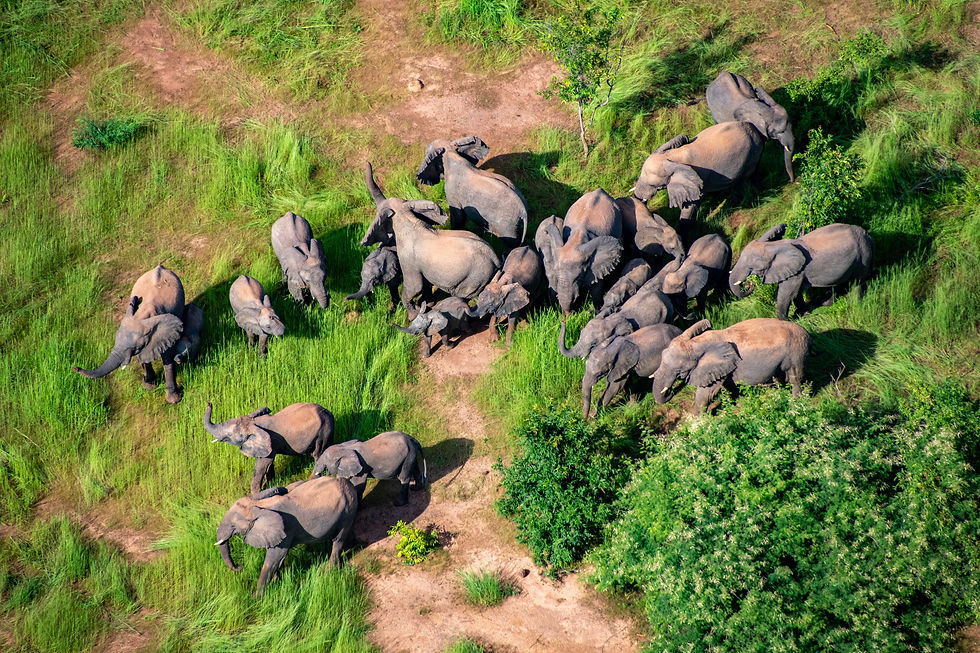
Zakouma National Park in southeastern Chad is home to the largest elephant population in the country and is a vital stronghold for wildlife in central Africa.
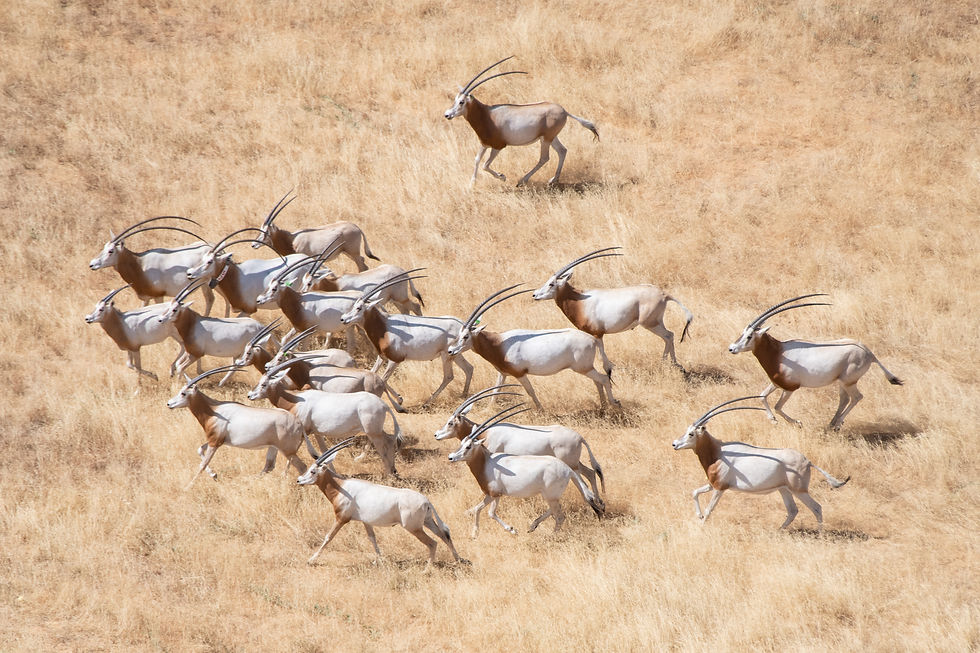
The Ouadi Rimé-Ouadi Achim Reserve is one of the largest protected areas in Africa and is home to several endangered antelope species such as addax, scimitar-horned oryx and dama gazelle.
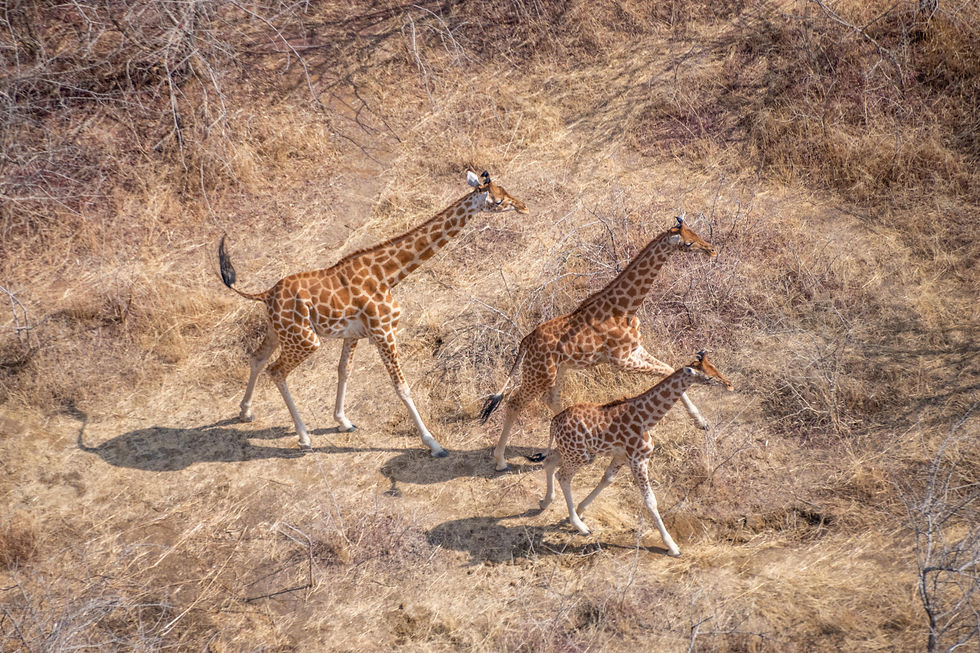
In 2021, we discovered a new population of Kordofan giraffes in central Chad. Kordofan giraffe is a subspecies of giraffe listed as critically endangered. Consequently, the Chadian government is now considering the creation of a new Wildlife Reserve in the area.
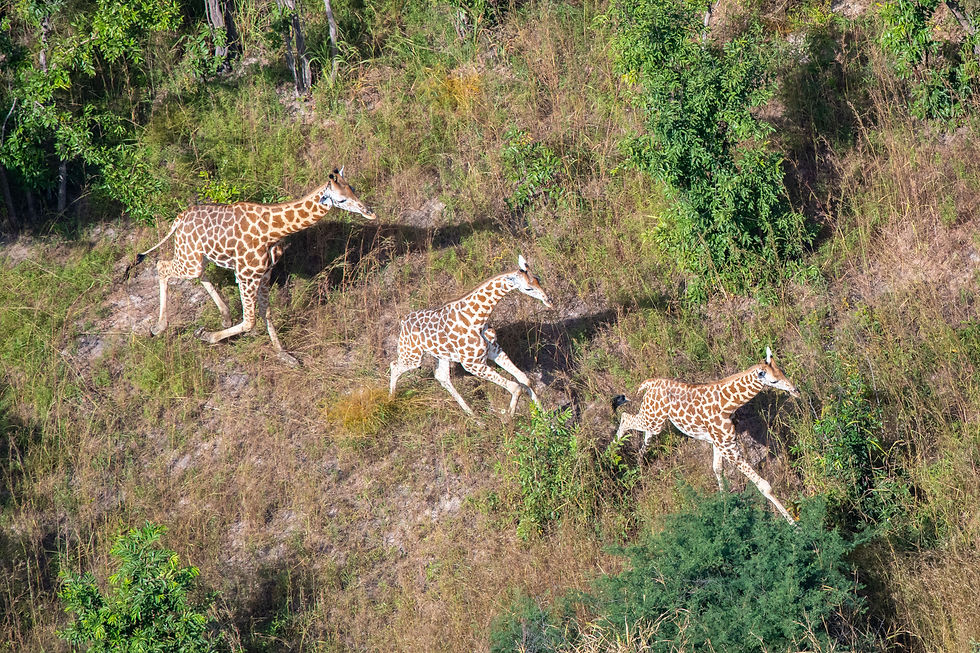
Kordofan giraffe is a subspecies of giraffe listed as critically endangered by the IUCN, and less than 2,500 are left in the wild. Siniaka Minia Reserve has the second largest giraffe population in Chad after Zakouma National Park.

Lake Fitri is an endorheic lake in central Chad, classified as a Biosphere Reserve in 1989. The Reserve has an elephant population and is an important site for European migratory birds.
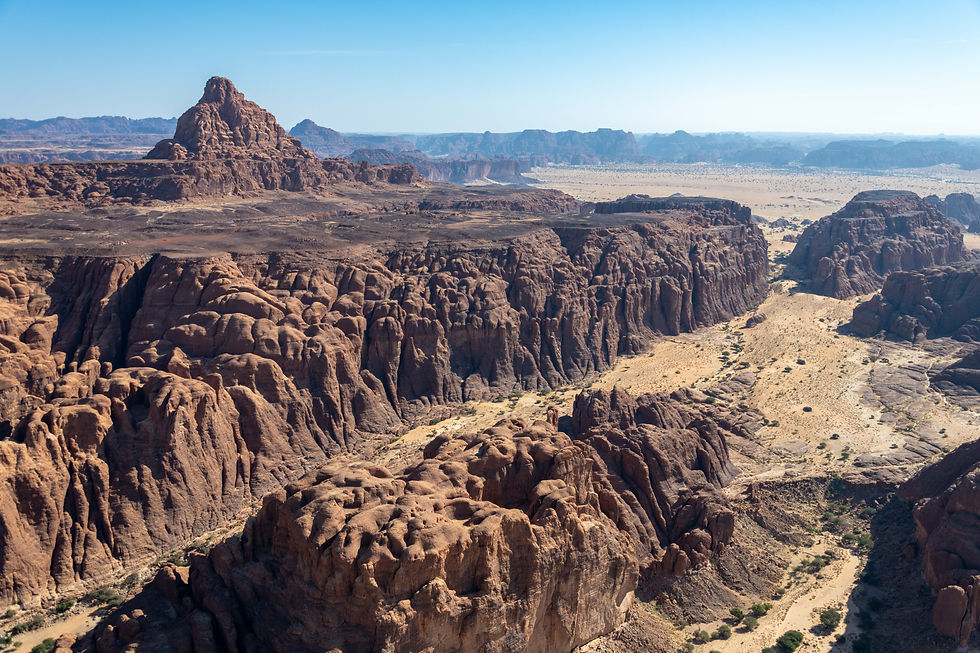
The Ennedi Natural and Cultural Reserve is a World Heritage Site in northeastern Chad. It is a desert and mountain ecosystem and a refuge for wildlife species such as the Barbary sheep, Dorcas gazelle, and West African crocodile. The reserve is an important archaeological site with a rich cultural heritage reflected in 7,000-year-old rock art scattered across the landscape.
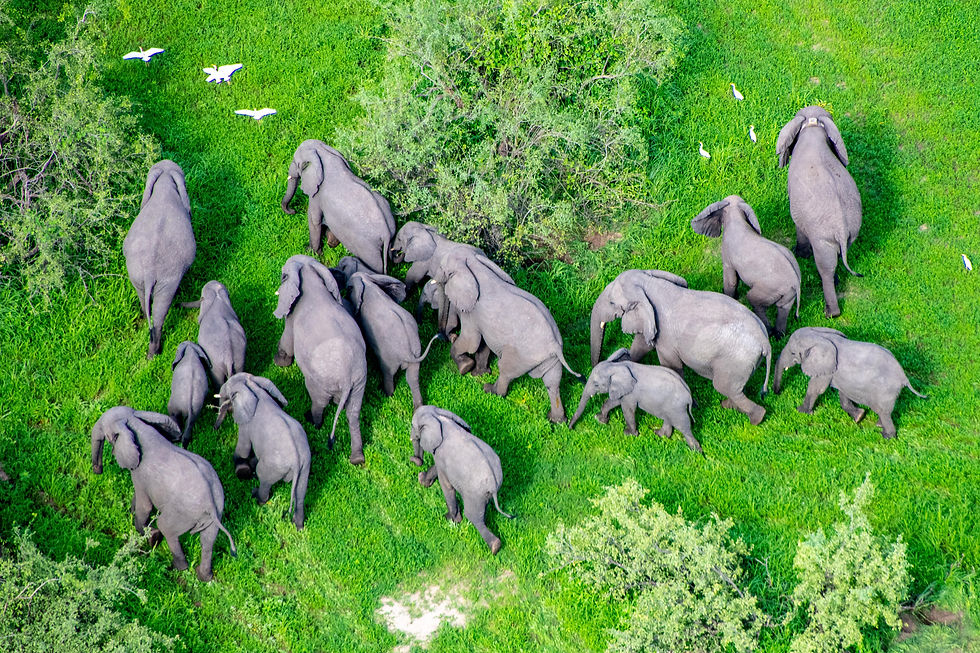
The elephants in the Lake Chad area are one of the northern-most populations in Africa. Lake Chad, after which the country is named, is the largest wetland in Chad and one of the biggest in Africa. The Lake is an important site for waterbirds and fish species.
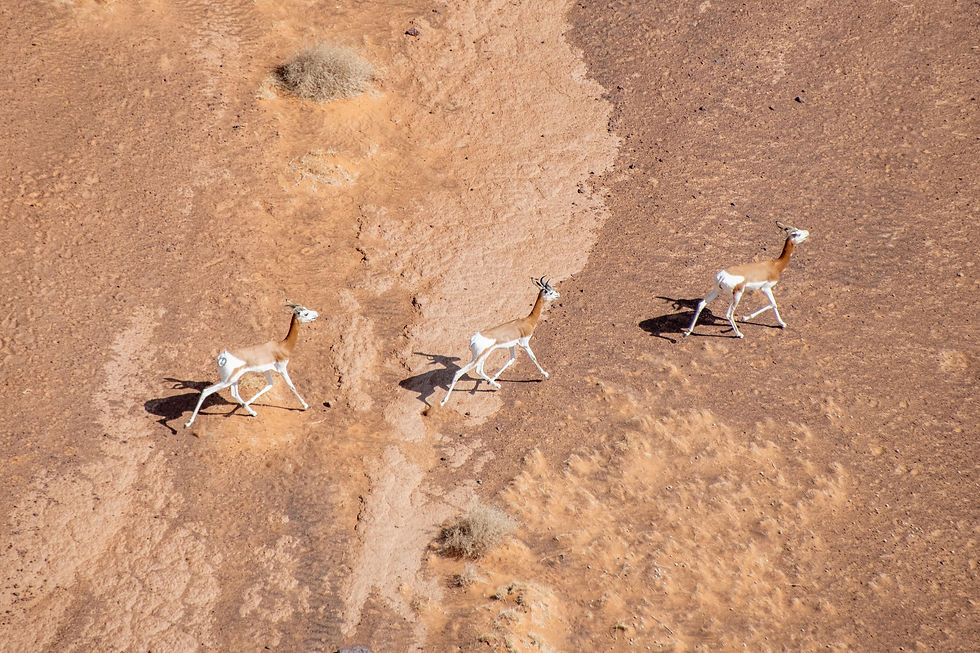
The Termit Massif and the Tin Toumma desert in the far east of Niger, are refuges for many Saharan species, including the dorcas and dama gazelles and the addax, which is listed as critically endangered.
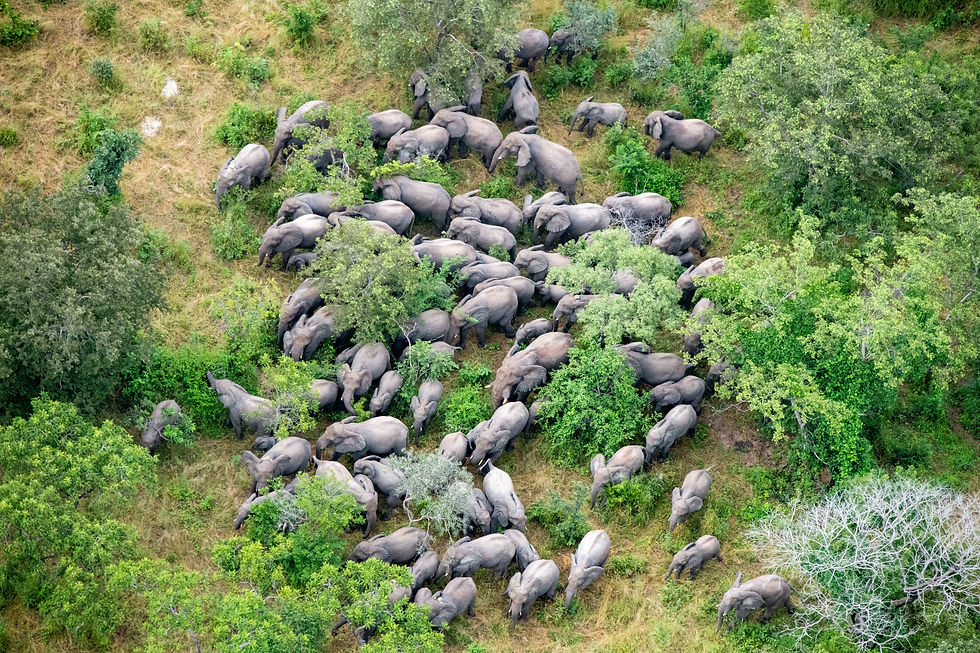
Zah-Soo National Park was created in March 2022 and is located inside the Binder Léré Reserve in the southwest of Chad. The National Park and the Reserve hold the third largest elephant population in the country and an endangered population of manatees in Lake Léré.
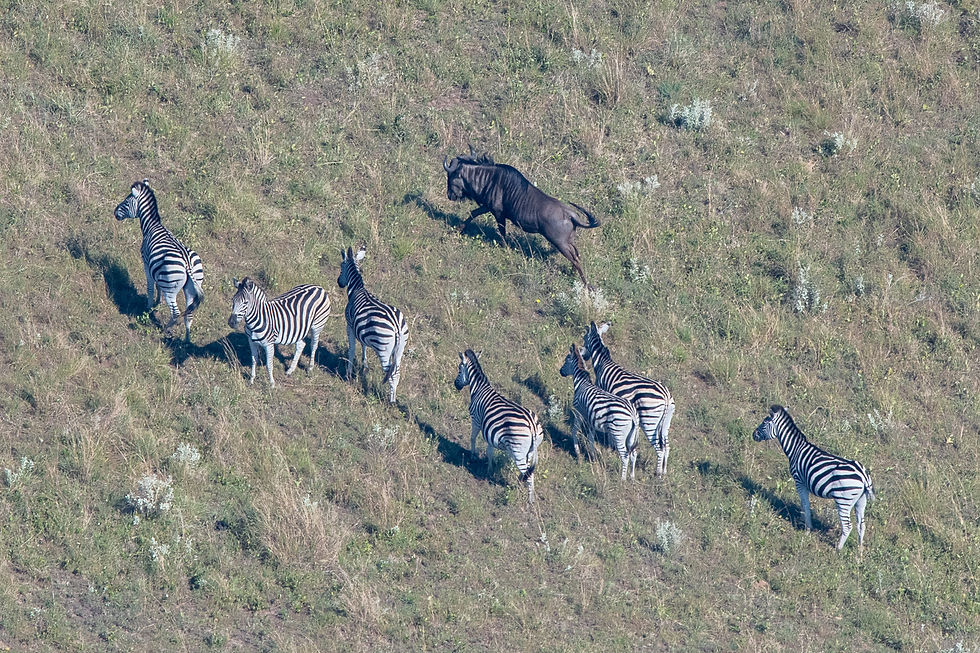
Maputo National Park was established in 2021 and covers over 1,700 km², including incredible marine and terrestrial ecosystems. The park is home to turtles, dolphins, whales, elephants, giraffes, zebras and wildebeest to name but a few.

Maputo National Park was established in 2021 and covers over 1,700 km², including incredible marine and terrestrial ecosystems. The park is home to turtles, dolphins, whales, elephants, giraffes, zebras and wildebeest to name but a few.
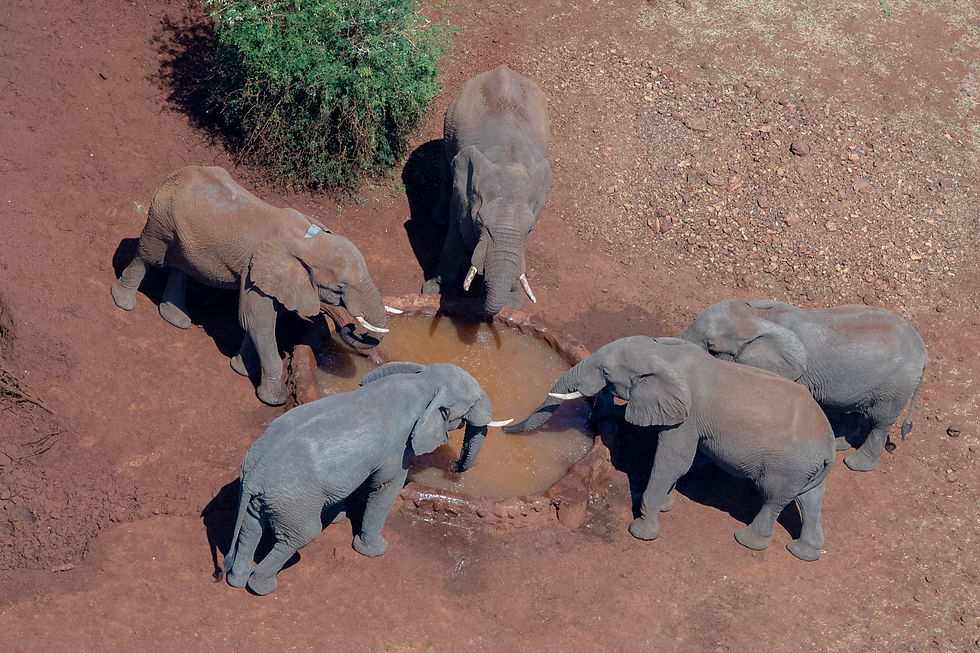
Mozambique faces ongoing human-wildlife conflicts, particularly with elephants outside protected areas, which affect local communities. It is therefore important to track elephants and their movements in order to help mitigate these conflicts.
Budget 2025
In 2025, we aim to fly 20 conservation missions and 250 flight hours. Our annual budget is 120,000 euros, including:
50,000 euros for aircraft running costs.
25,000 euros for field operating costs.
36,000 euros for remuneration.
4,500 euros for travel expenses.
4,500 euros for administrative expenses.

